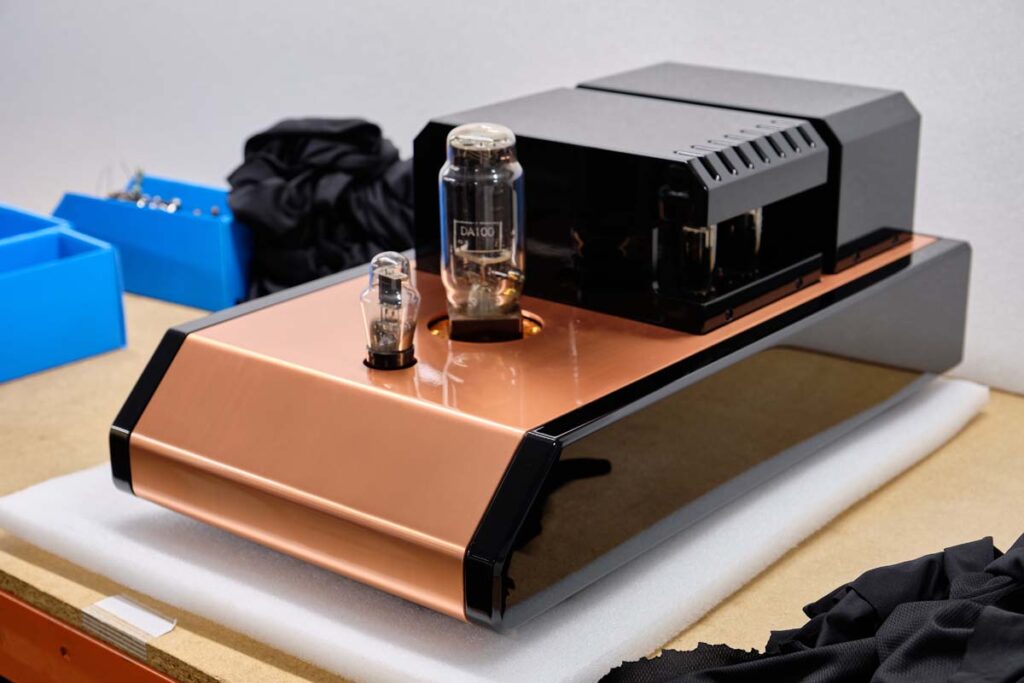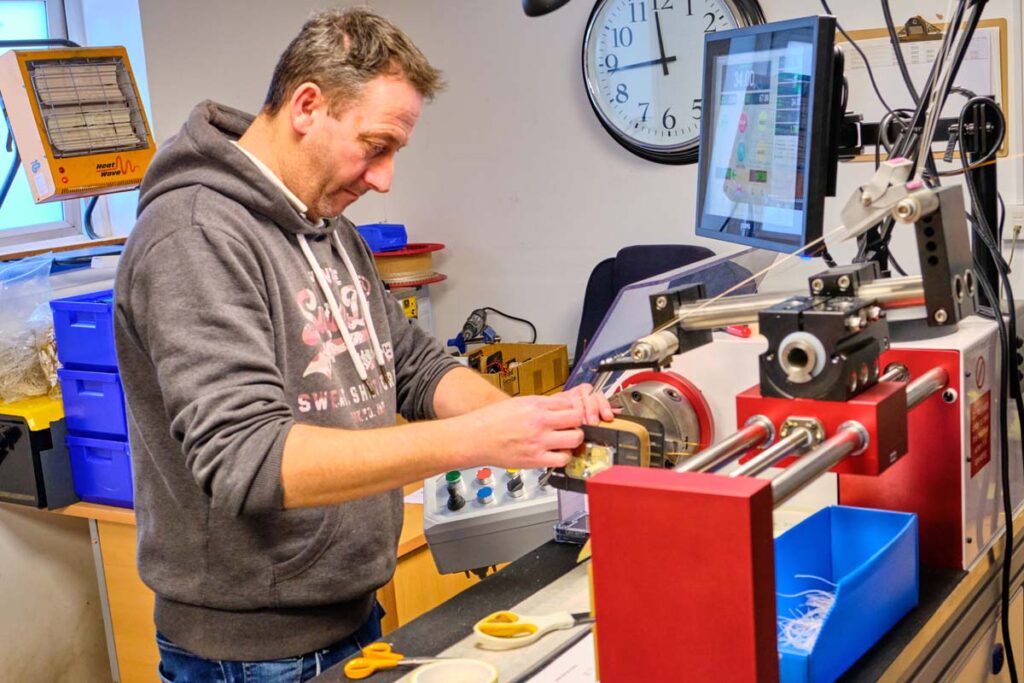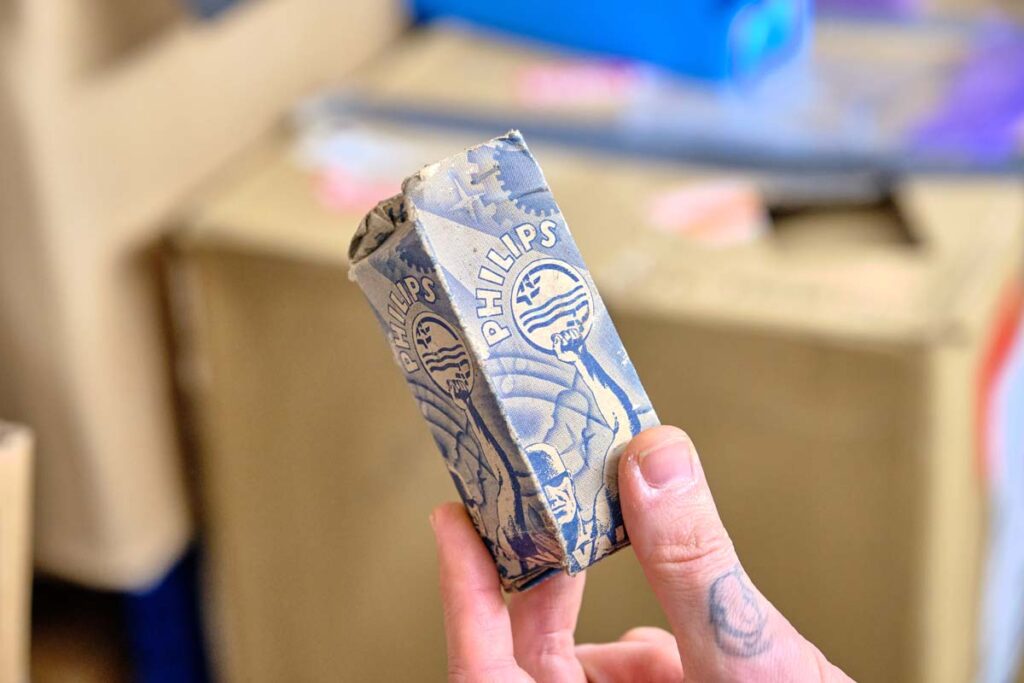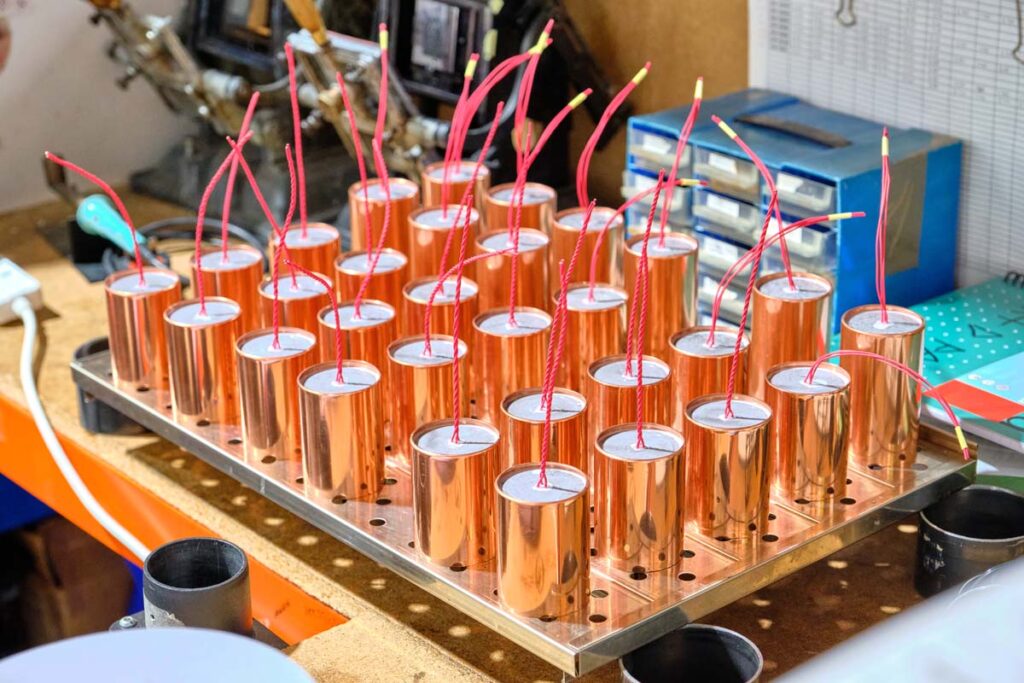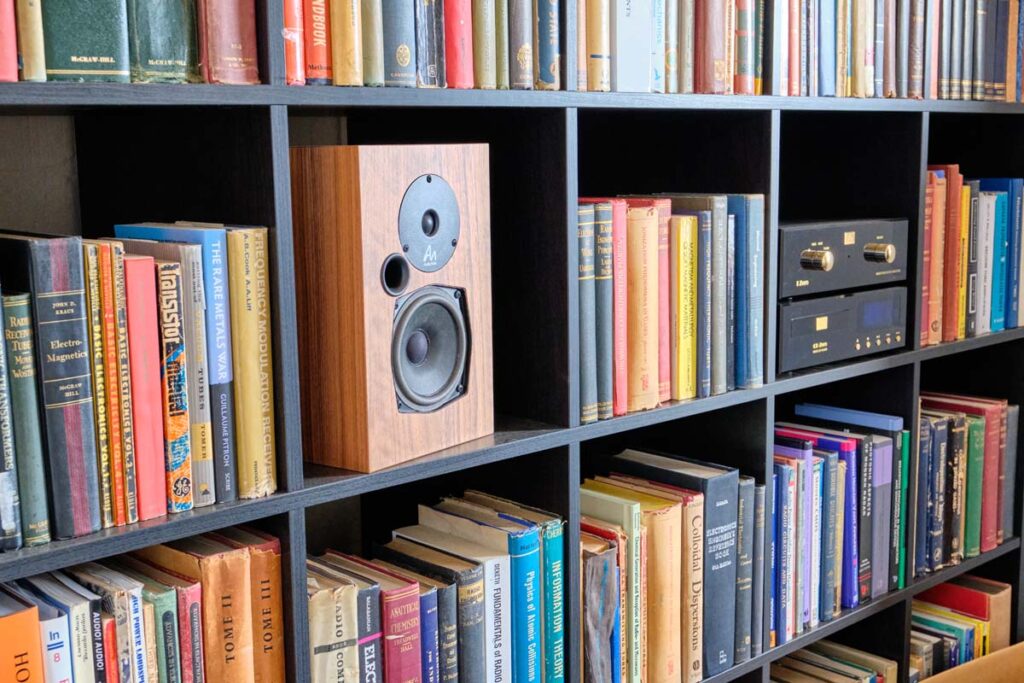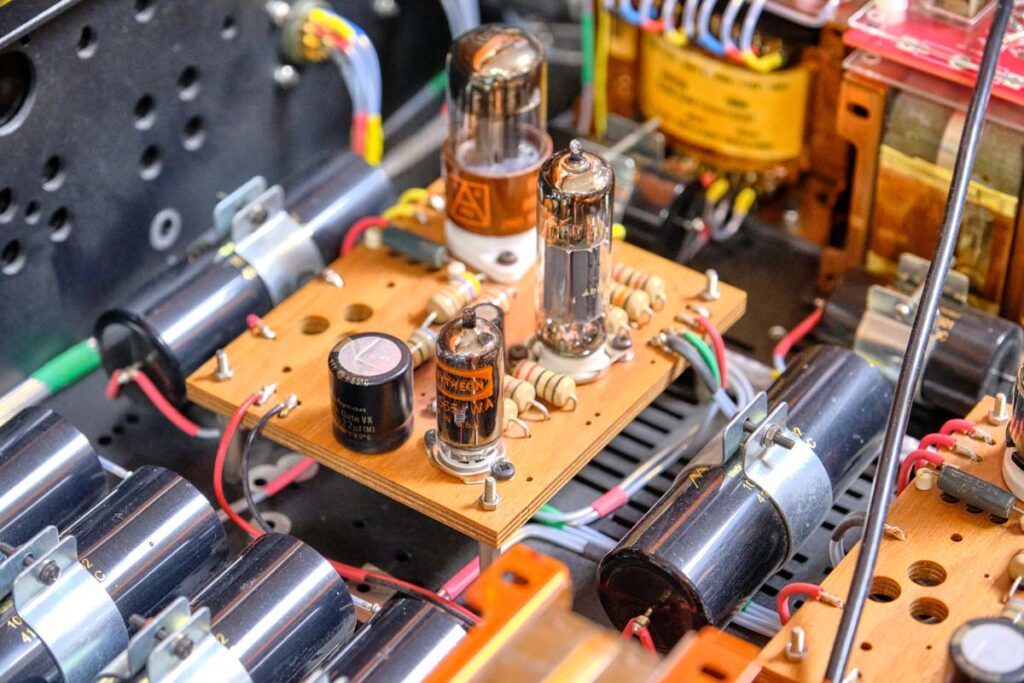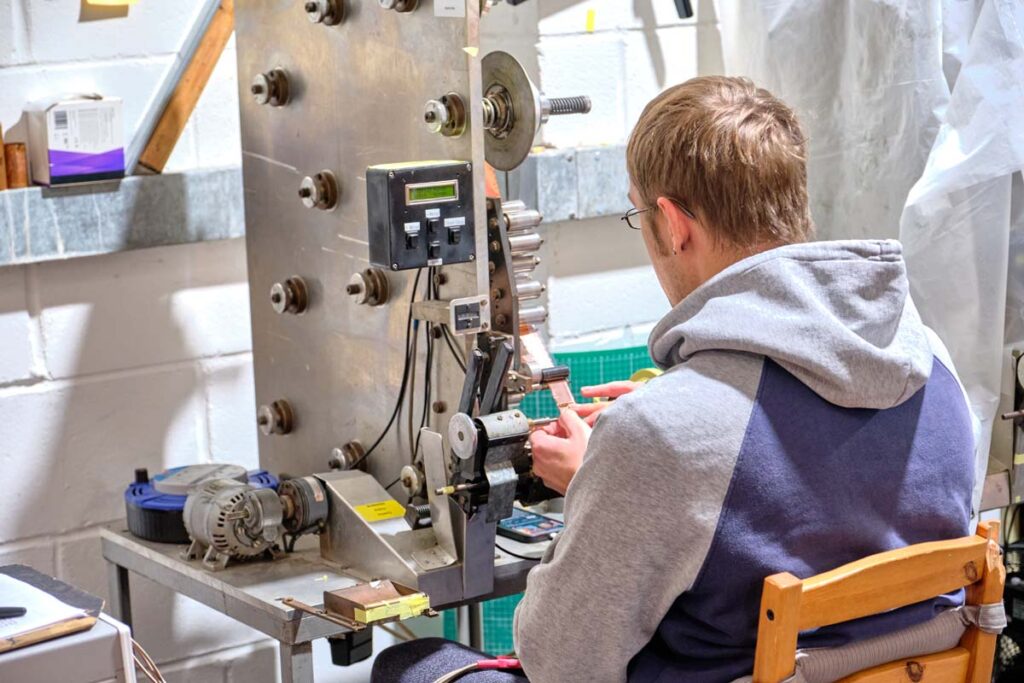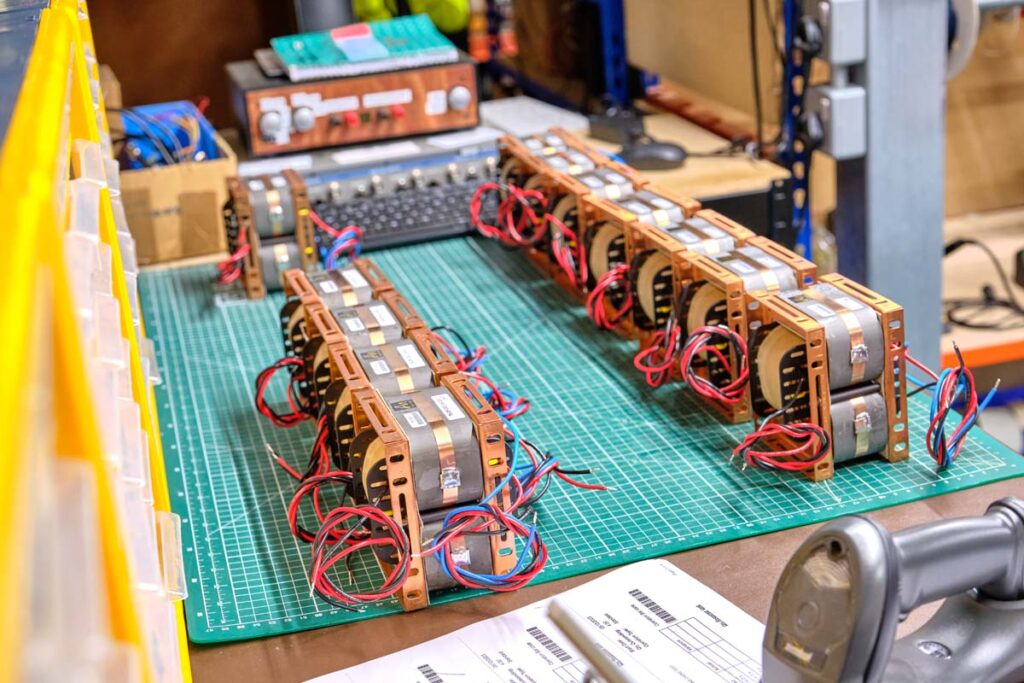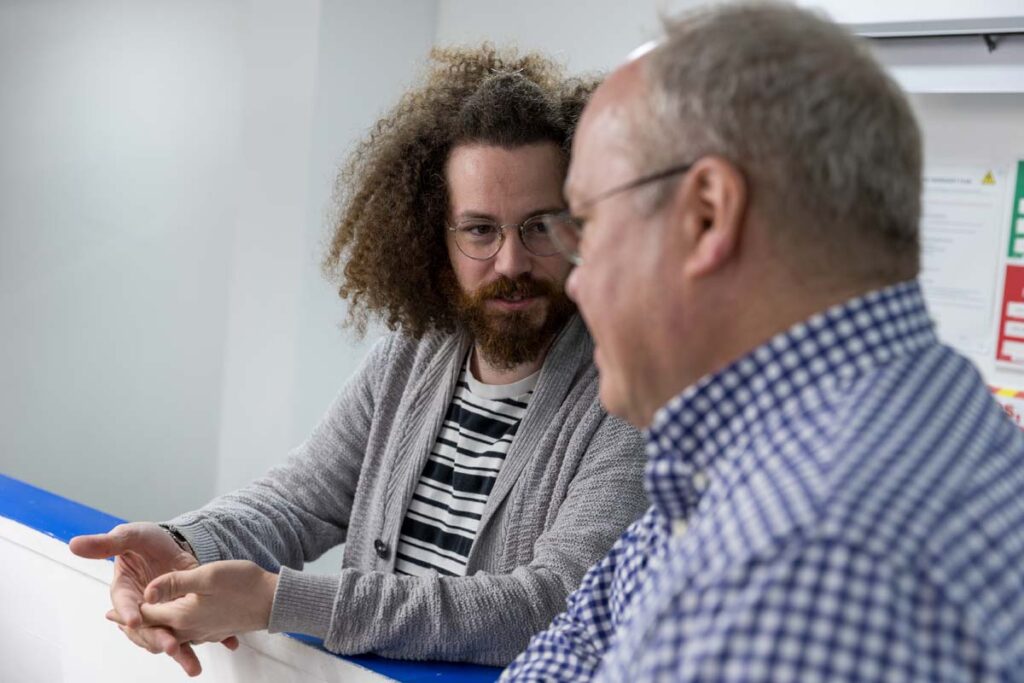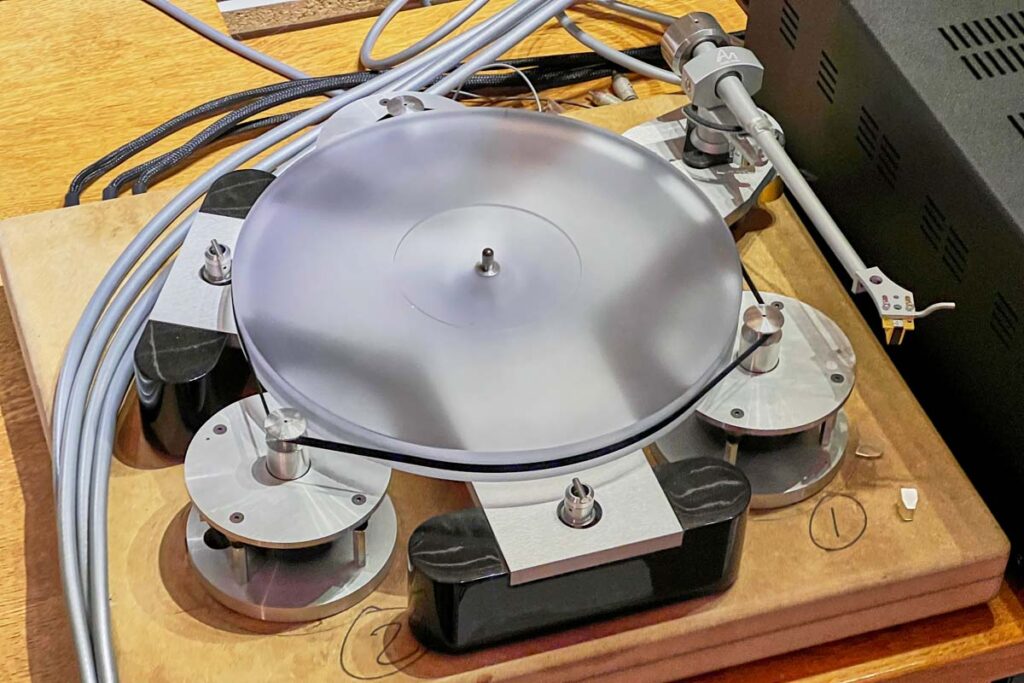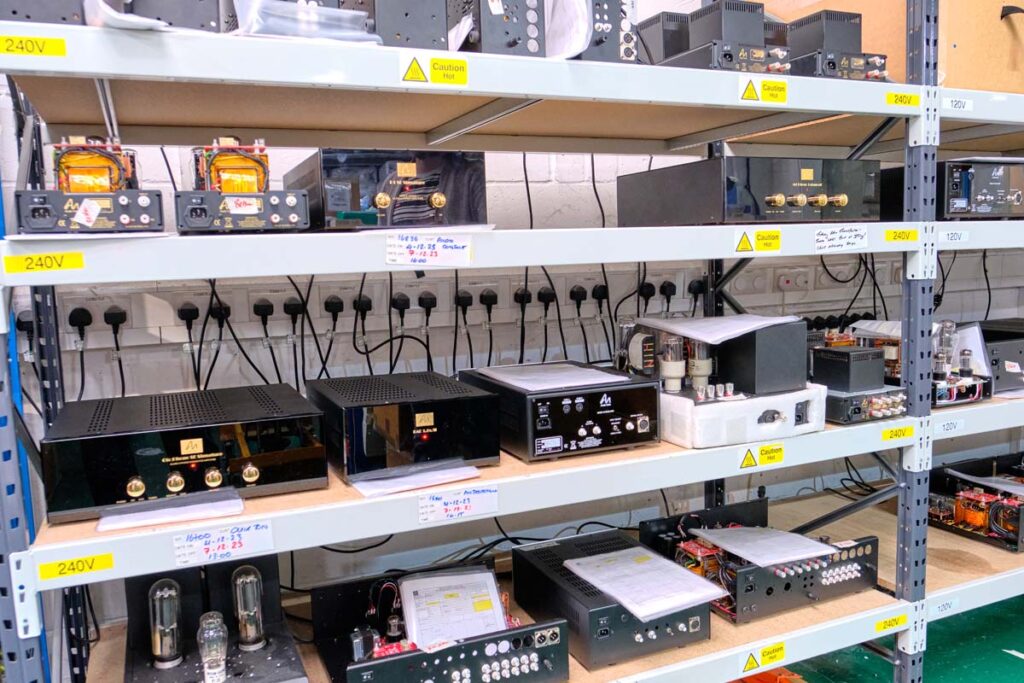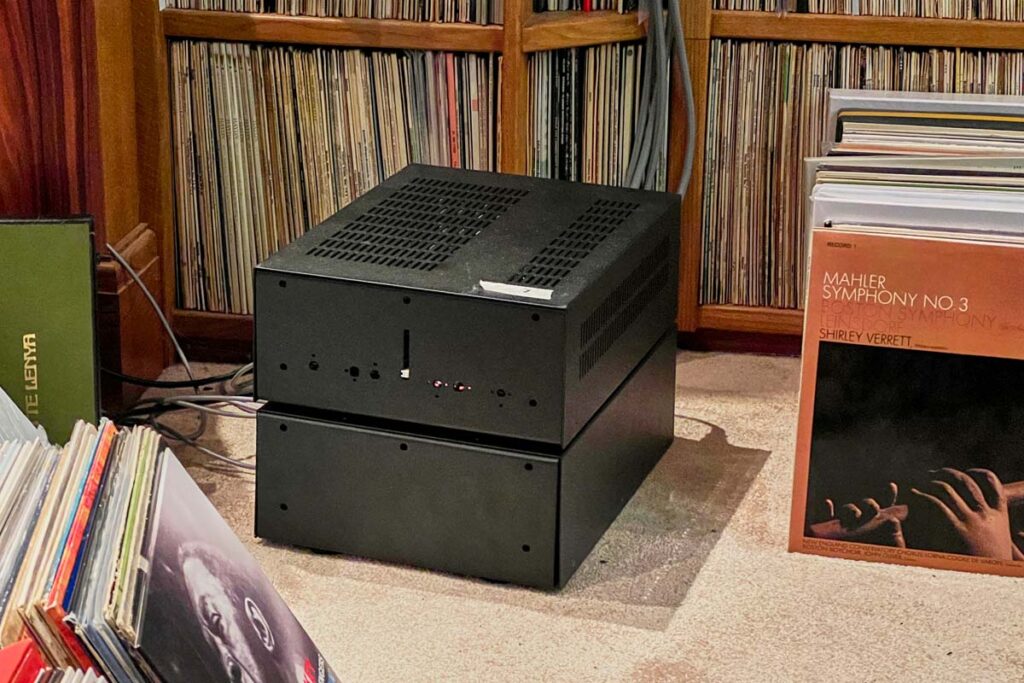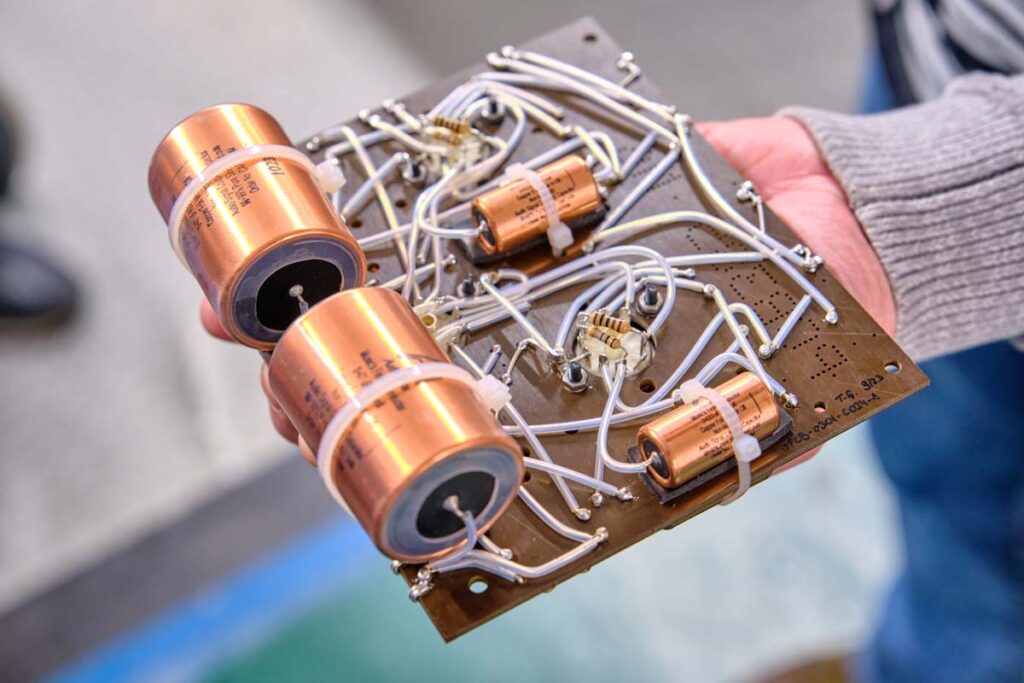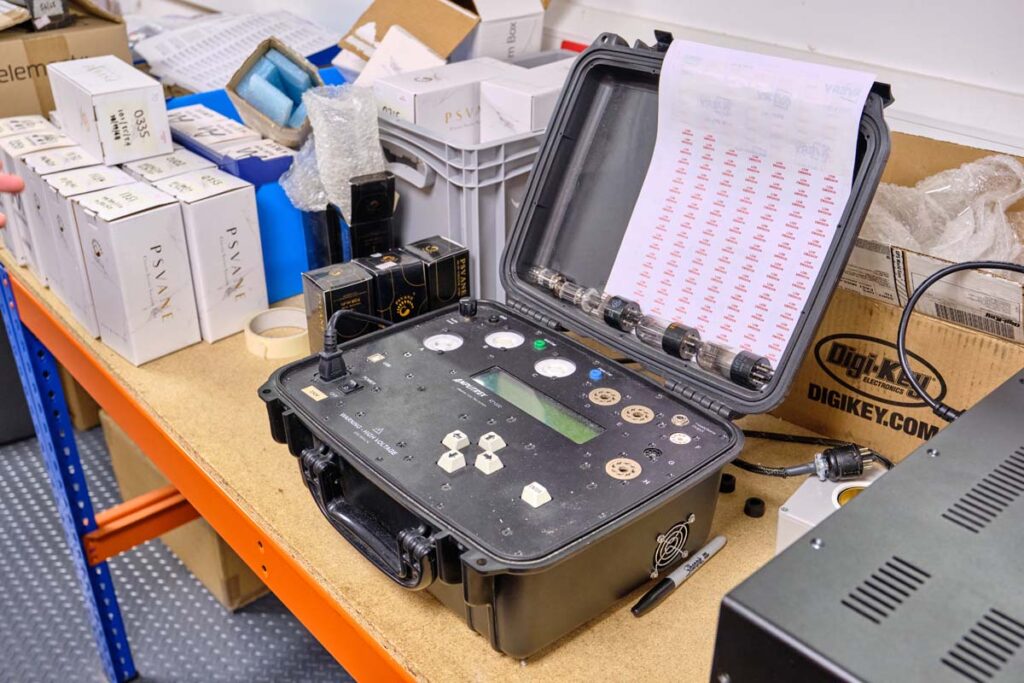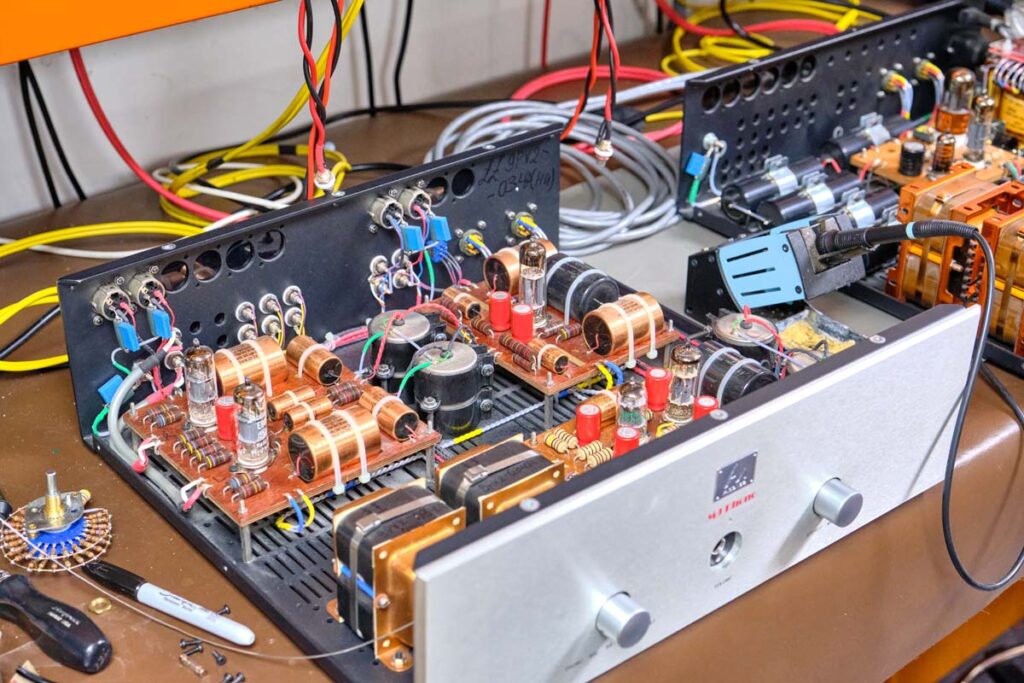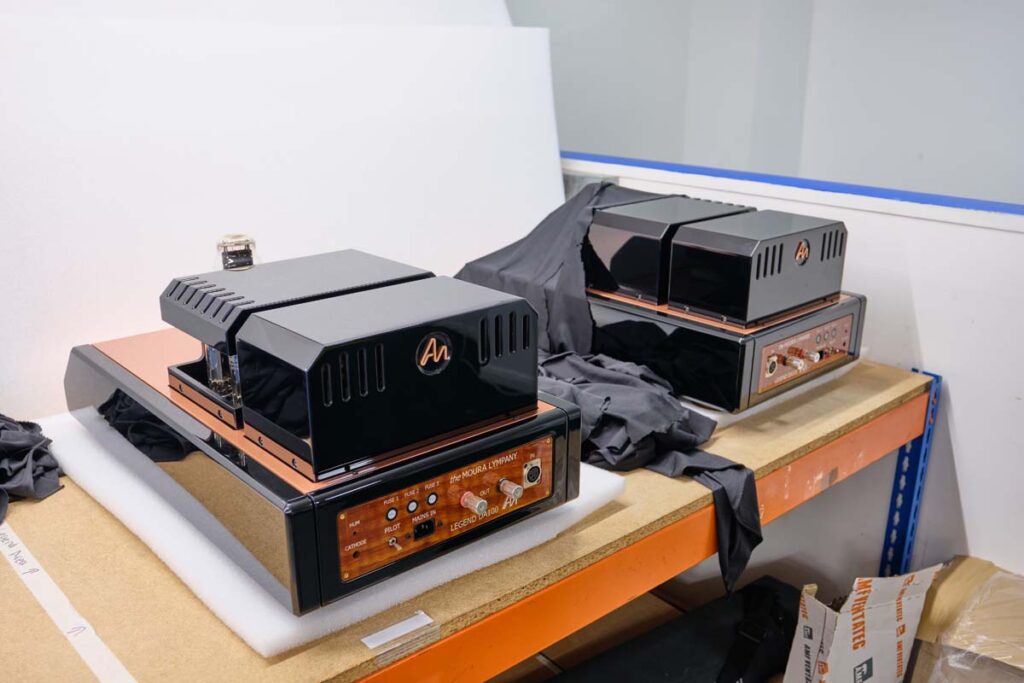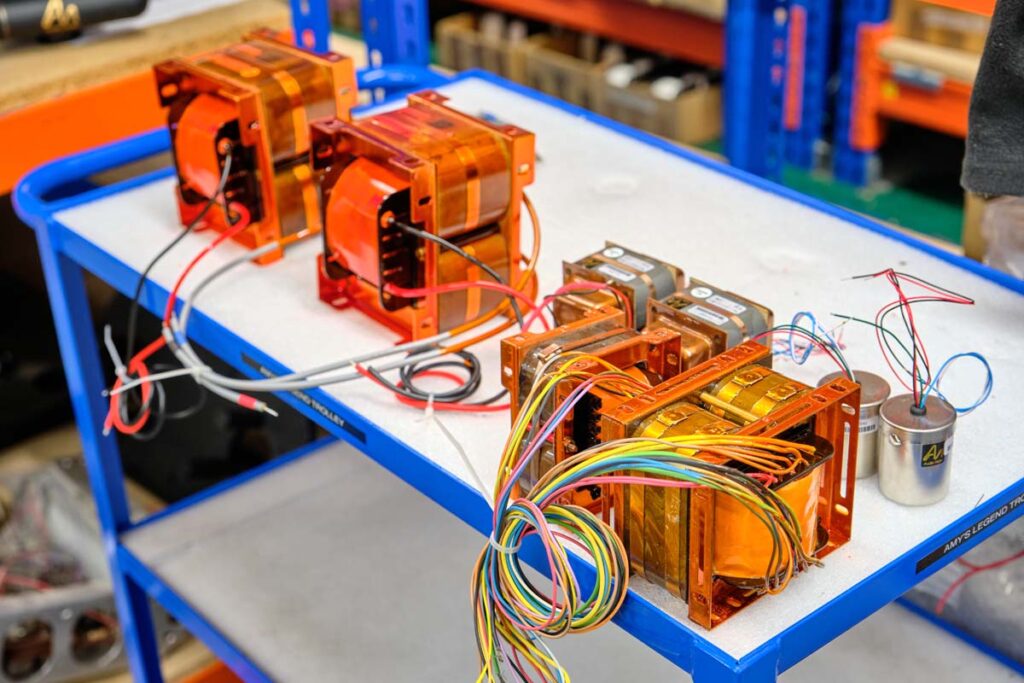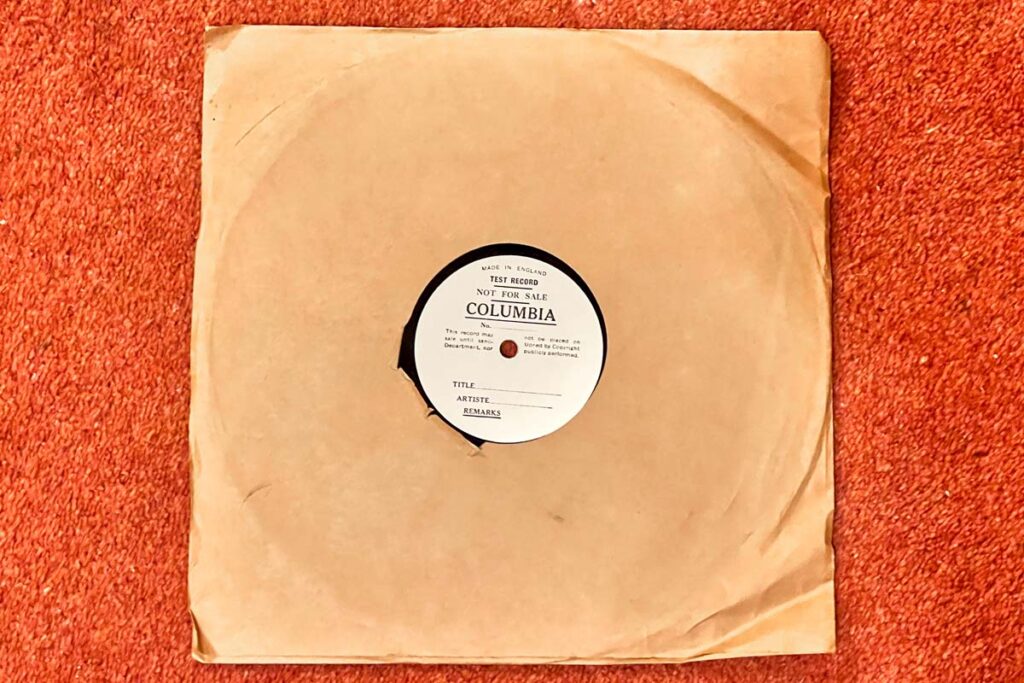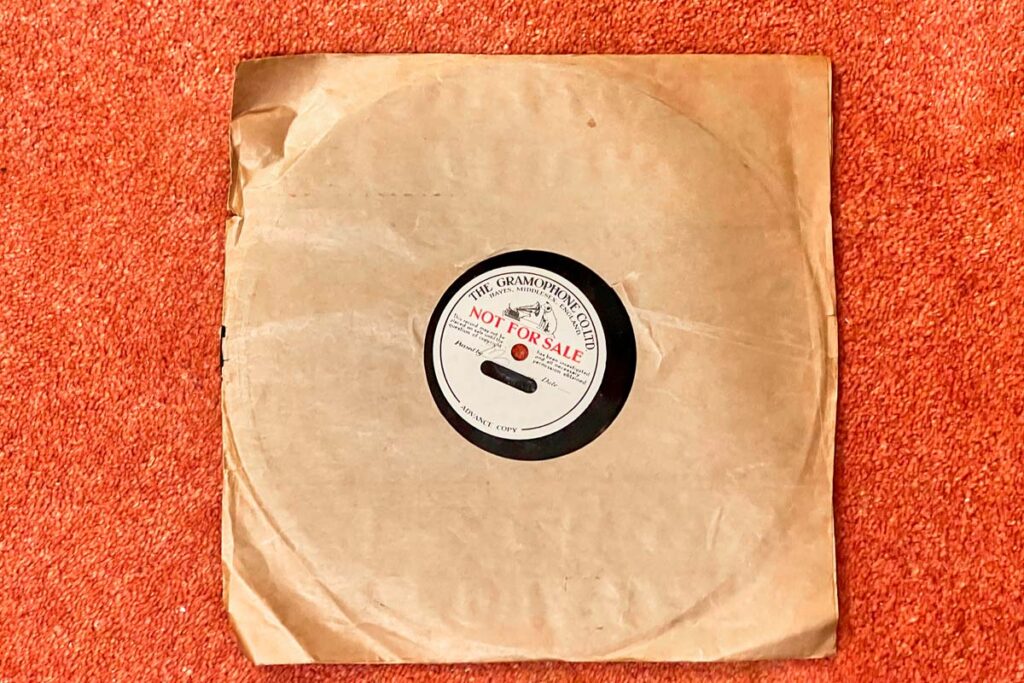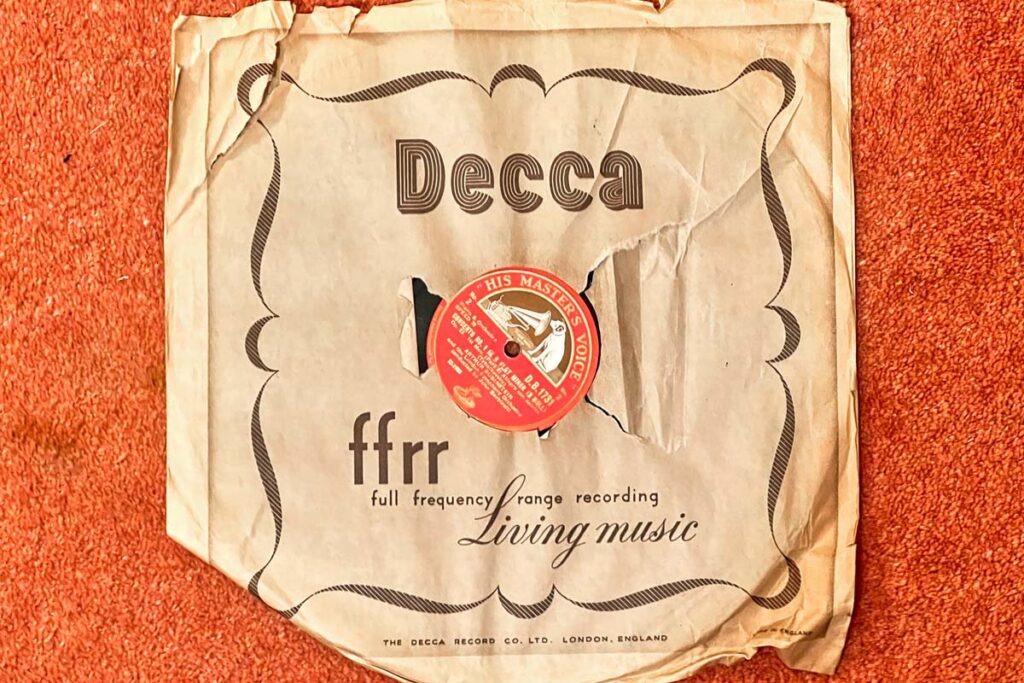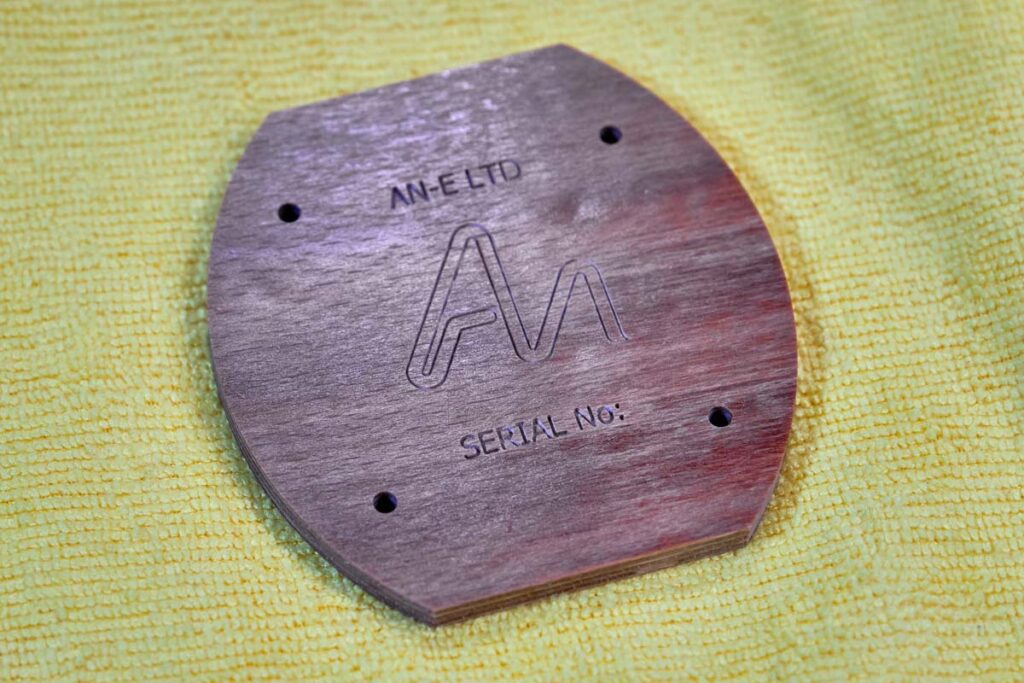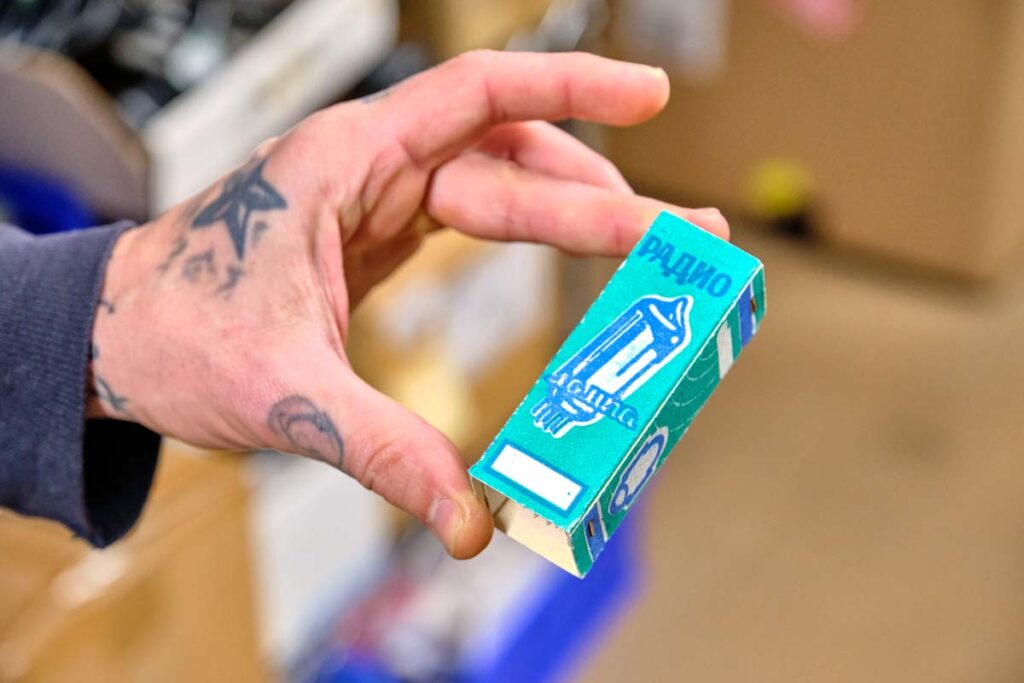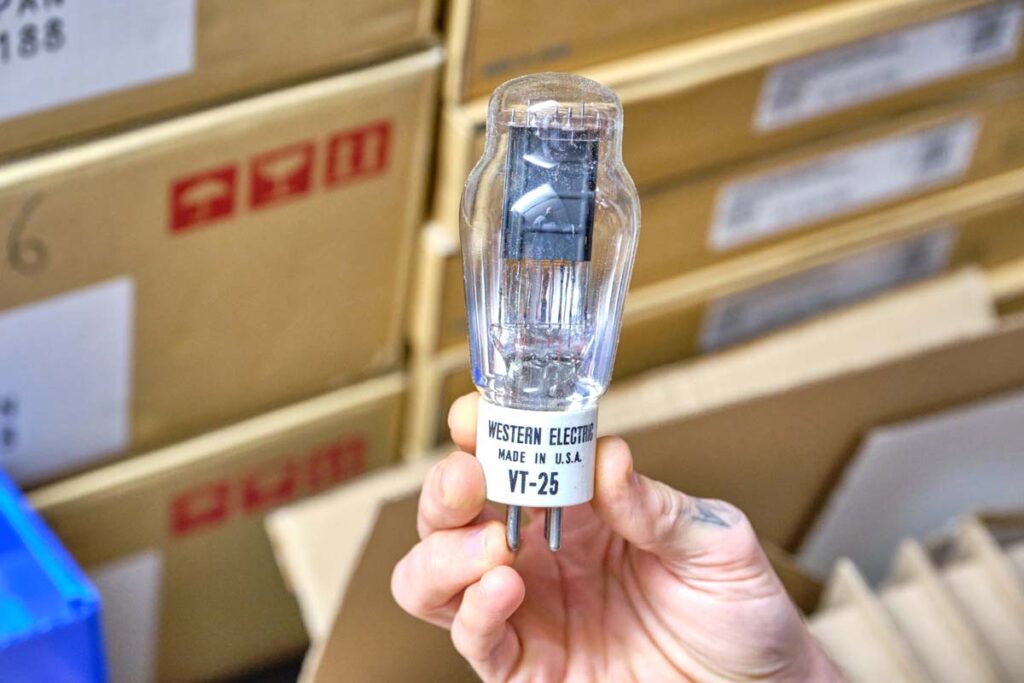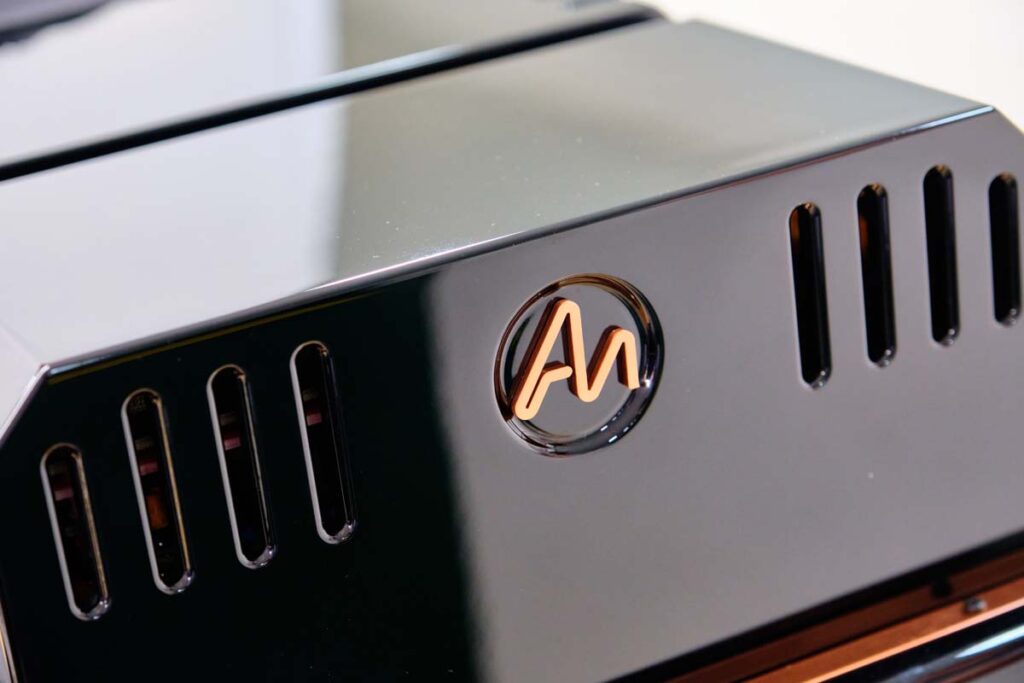Actually, you shouldn’t be seeing a story here. Towards the end of last year, we traveled to England to check out Audio Note’s new field coil drivers – we had arranged for an A/B listening session against conventional drivers. But it was only when we got there that we learned that production-ready samples were not available in time. Even so, we discovered so many exciting things during our tour of the extraordinary factory that we simply couldn’t help but write a report. That’s Audio Note for you…
Sometimes you are confronted with solutions that completely baffle you with their sheer simplicity. Or to put it another way: it’s a strange feeling when you finally find the thing that was right in front of you all the time. We are standing in the development department of Audio Note (UK) in Partridge Green, a small town just 20 kilometers north of Brighton. It’s one of those rooms that you won’t find in any marketing brochure: Tables full of circuit boards and soldering irons everywhere, heaps of tinkering devices and measuring equipment. In every corner we spot half-finished experiments, crumpled foils and piles of precious components, almost pitifully soldered into tangles of wire that mimic some kind of circuit. The dust on many of the experiments reveals that no cleaning lady is permitted into this part of the building. For good reason: we are in the inner sanctum, the man cave and fabled mad scientist’s lab of the British hi-fi tinkerers.
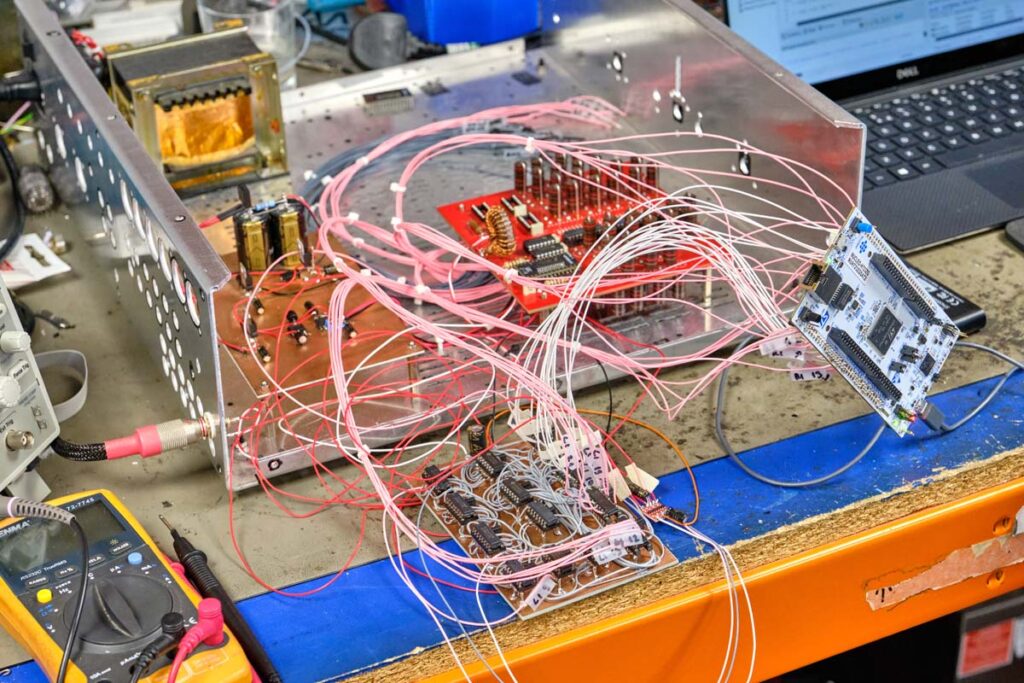
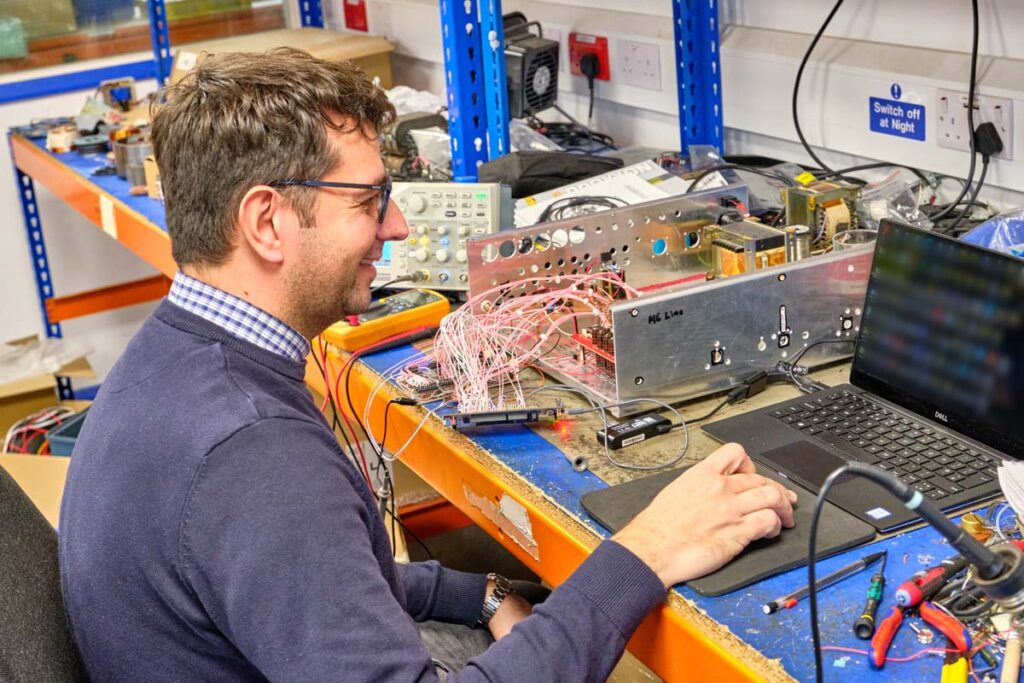
Darko Greguras, one of the guarantors of the company’s excellent sound alongside chief developer Andy Grove, is busy bringing the prototype of a D/A converter to life. The DAC has a discrete design and does not have a converter chip. Binary number strings are converted into singing electricity “in as analog a way as possible” via a complex network of resistors and capacitors. It is connected to its programmer via smartphone, who has remote access to the control board and works on the fine tuning. Everything has to be just right for the filigree DAC to work without any loss of synchronization. After retuning, Greguras starts playback and everything seems to work: The DAC converts, the connected oscilloscope shows a clean sine wave – then it briefly drops out, staggers again, and … the signal flow breaks down. We can see a dark cloud forming over the developer’s head. “The programmer will be going over all the parameters once more,” he comments fatalistically. This could take a few minutes.
A stroke of luck for us, as this gives the developer some time to explain the special features of his creation to us. According to Greguras, the DAC is more or less an open experiment. He has been playing around with circuits for more than four years, putting all components into the balance and questioning all existing logic. Originally intended as a loose occupation during the lockdown, the project has developed unexpected potential. Somehow, everyone had hoped that it might be completed by this year’s trade fair season (i.e. in April at the latest) – but as we have just seen, that is still wishful thinking. Greguras cannot say exactly what the converter will be called or where it will be priced. However, as the “new one” is set to surpass even the previous flagship “Fifth Element”, the course is set: We are talking about a luxury class component, but its logic should then gradually trickle down. However, it has not yet been able to provide us with acoustic proof of its class.
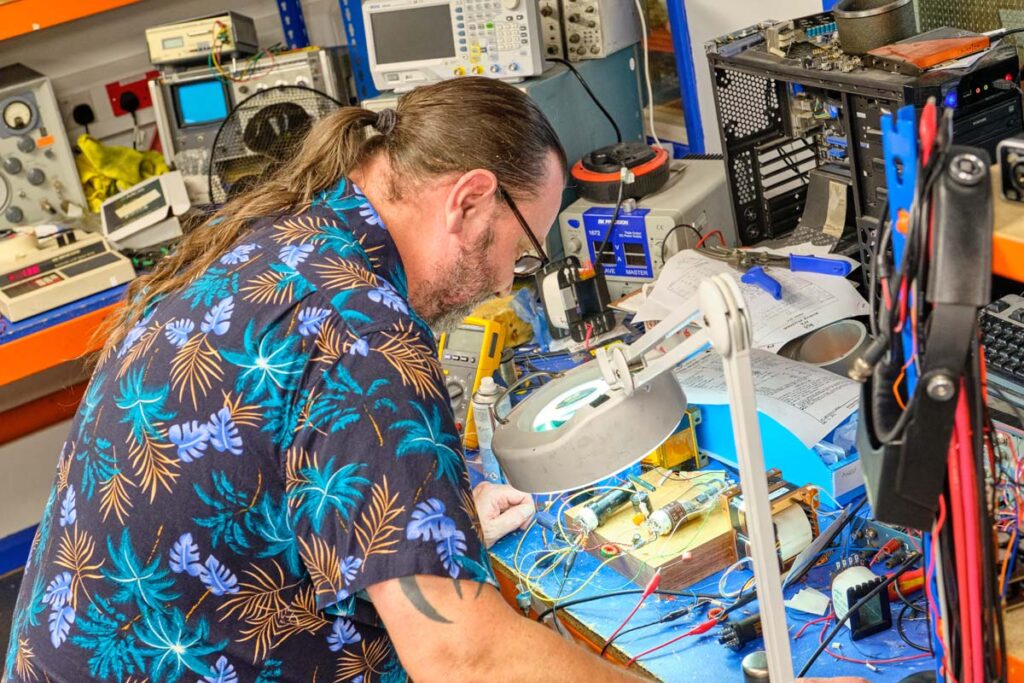
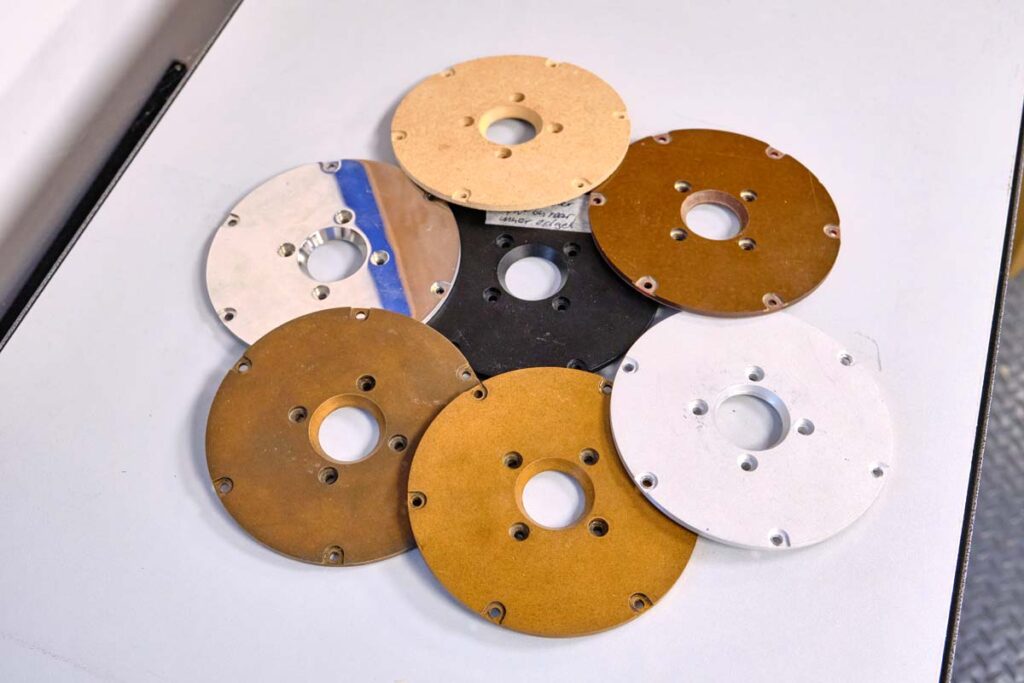
Darko goes on to explain that one aspect of all digital circuits has particularly annoyed him so far. Converters require two voltages to map binary values: zero and five volts as equivalents for the values zero and one or “off” and “on”. The switching process or voltage change between the states takes time, which transforms the ideal of a pulse wave into a slightly flattened construct. Even the best tinkerer cannot change this. Consequently, the timing goes slightly out of kilter with every bar. A few years ago, he realized basically in passing that the main mistake was the adherence to the 0 volt/5 volt doctrine. Someone had come up with this at some point – presumably without any knowledge of such details – and since then it has been found in every converter. All that is fundamentally required, however, are the two distinguishable voltage values: the new AN-DAC therefore works with four and five volts, which significantly accelerates the switching process and considerably minimizes square wave deformation. The result: the data flow is audibly more musical, as the developer tells us. Due to the deviation from the standard, however, there were no prefabricated components and assemblies. So Greguras and his team had to design everything from scratch. Of course, the prototype was already running in-house. At the moment, it was “only” a matter of finding processes and procedures for stable series production. And that is proving to be a bottomless pit.
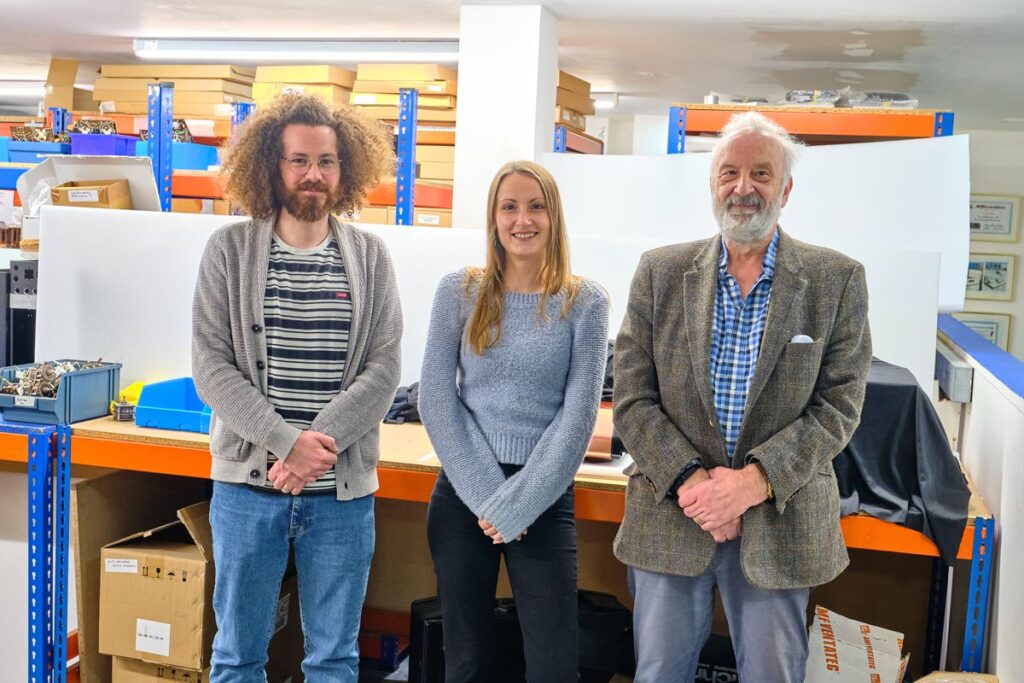
While we are still marveling at the simplicity of the solution, the phone rings – the error has been found and the converter’s control system is ready for another attempt. Greguras starts playback of the CD transport and the converter draws a clean sine wave into the oscilloscope … and runs … and runs … and runs. Purely by chance, we witnessed a historic AN moment. We suspect that the now visibly happy and relaxed Greguras will be celebrating this with a cool ale in the evening …
Our visit also offered premieres outside of the development department. When Peter Qvortrup collected us at Gatwick Airport a few hours earlier, it was the first time he didn’t do this in his function as Managing Director of Audio Note (UK) anymore. In a fluid process, he has handed over the management of the company, which he has run since 1989, to his children Emily and Daniel and his wife Lesley, who has been responsible for administration, logistics and many aspects of management since the company was founded. He only kept a symbolic one percent, he explains with a laugh during the journey, so that he wouldn’t need to feel bad when looking over the figures.
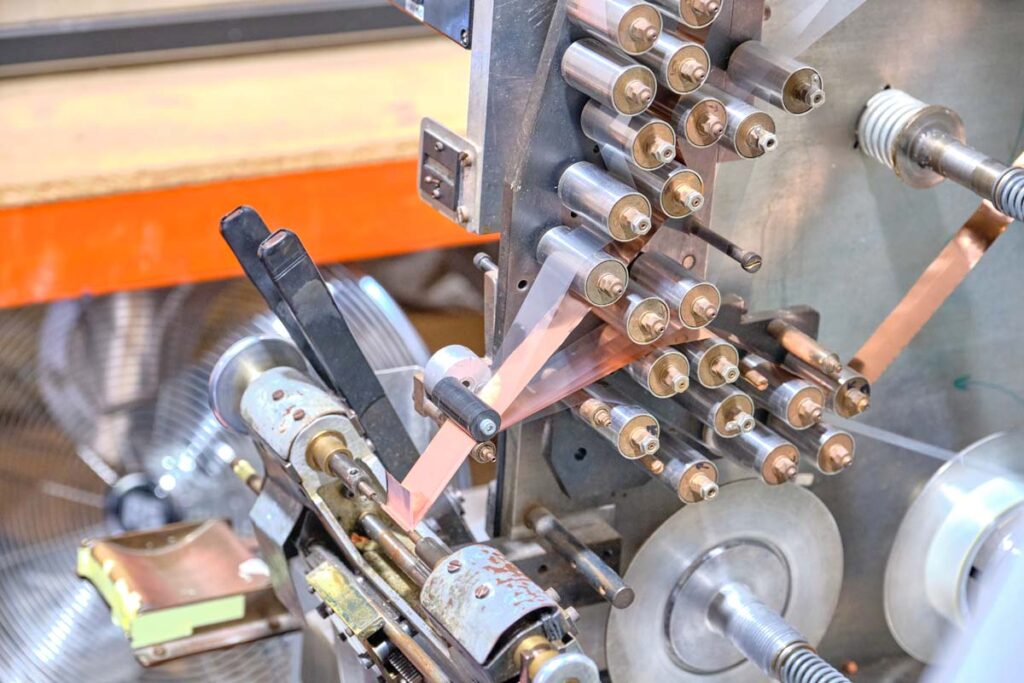
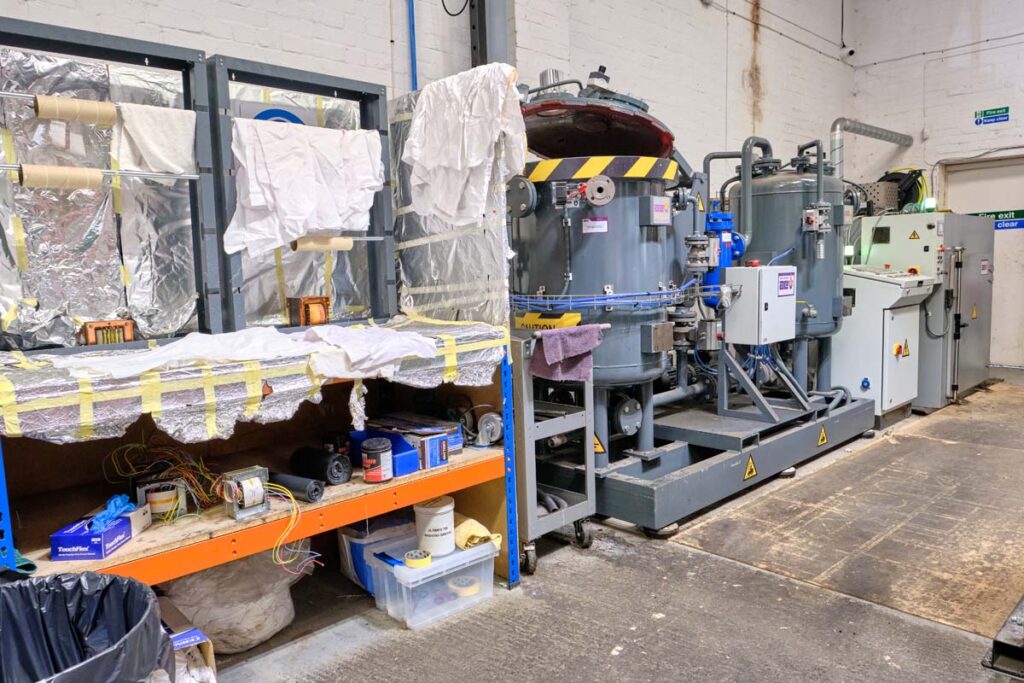
As soon as we arrive at the company, Daniel Qvortrup leads us through Audio Note’s hallowed halls. In the very first room, we are amazed by two examples of the new mono juggernaut “The Legend” DA 100, which are being prepared for shipment in their custom-made wooden crates lined with felt on the inside. “Moura Lympany” is the name of the two specimens – at AN, high-end devices are always personalized with the names of musicians, in this case the choice fell on the concert pianist. In terms of design, the two juggernauts can hardly be distinguished from monos such as Ginrei or Ongaku Shinguru. However, their surfaces and finish immediately make it clear that they are in a league of their own.
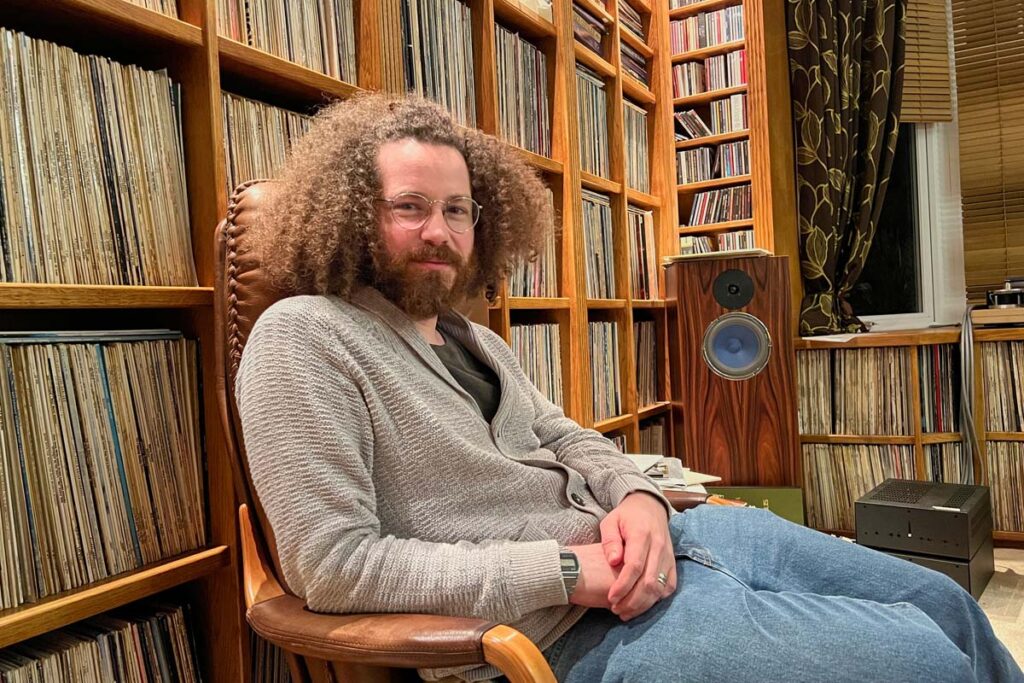
The tour then continues through countless rooms and halls in which various aspects of pre-production and finishing are carried out. The halls are separated by a handful of small warehouses where components and entire assemblies await further processing. You can tell right away that the construction methods used by the British can be unusual at times. Where copper cables, PCB traces and standard components predominate with other manufacturers, we discover open flat conductors, strangely coated capacitors made to the company’s own recipe and circular braids of resistors that AN uses instead of encapsulated potentiometers.
A special focus of our tour is on two rooms where capacitors and transformers are wound. Although Audio Note (UK) also uses standard components here and there (e.g. in the affordable Cobra), the “in-house-turned” components are considered good form from a certain device class upwards. The craftsmanship of the British can hardly be overstated: Every tenth of a millimeter counts when it comes to sonic consistency. Accordingly, trained employees are precious, because nothing can replace their years, in some cases even decades of experience. After production, every component is measured and classified. The fact that we do not discover any buckets of rejects confirms the specialists’ accuracy rate. Everything is then loaded into a small van and driven around the corner to a garage. This is where the passionate classic car enthusiast Peter Qvortrup stores a large part of his S-Class collection – almost exclusively collector’s items from the 1980s, about which he can tell long stories. In a secluded corner of the hall is a large vacuum furnace. The components are immersed in a tub of honey-like mass. The vacuum that is then generated draws the last air pockets out of the furthest corners of the transformers and electrolytic capacitors, and the subsequent “baking process”, which lasts around an hour, completes the production process.
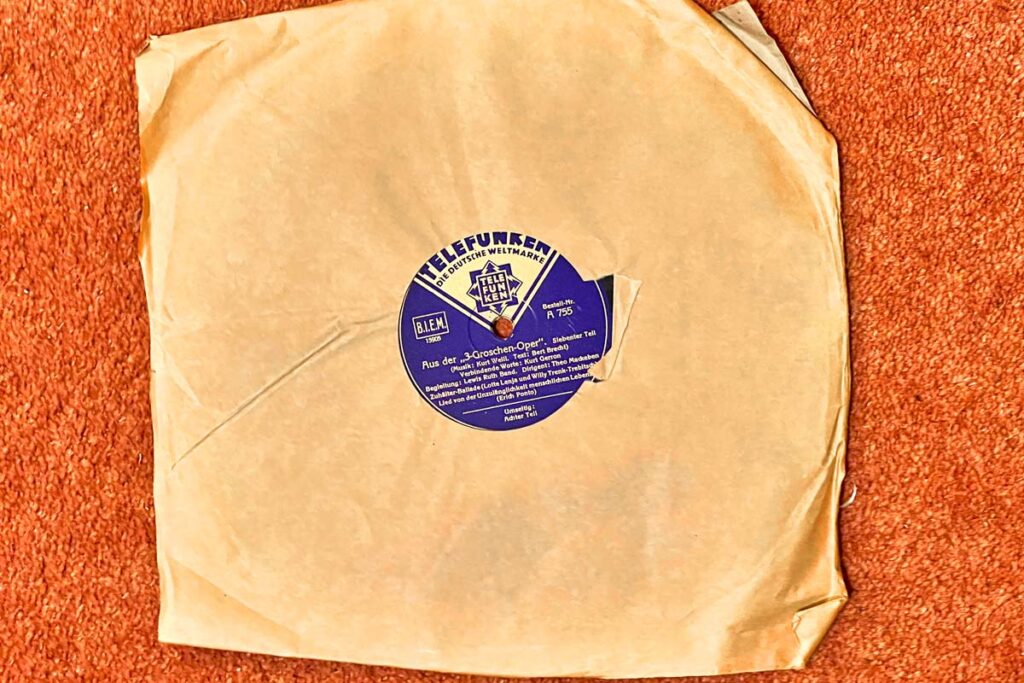
After a short lunch, Peter Qvortrup takes us up the stairs to the partially converted attic of the factory. This is where Britain’s high-fidelity treasury is stored. Qvortrup has been collecting tubes for decades, rummaging through second-hand markets, buying up leftover stock from closing factories or complete barn collections. The enormous collection comprises tens of thousands of tubes and is divided into three sections: Section A (checked and measured), B (a still to be sorted mess) and C (the very special treasures). C is located in a separate separee, secured by a solid metal door, for which only Peter and a storekeeper have the key. We spot entire sets of tubes from the 1910s, boxes full of Soviet replacement tubes from the interwar period and a number of curiosities.
Even more impressive than the tubes themselves is the fact that Peter can tell us stories about almost every one of them – and we’re talking about several thousand here alone. “These are from a collector in Chicago”. “I collected these after a CES in the southern states”. “Have you ever been to Moscow, I know someone there…” And so on.
Sifting through Section B – where ordinary NOS goods are stored – holds work for several years and is reminiscent of Qvortrup’s beginnings: the former Mærsk manager left the logistics business at the end of the 1970s, first founding a hi-fi store in Copenhagen (1978) and later his company Audio Innovations (1984). Although he primarily manufactured tube amplifiers there, he also established himself as a supplier of parts for tube amps and everything you need to build a decent vintage amp. He subsequently carried this business over into Audio Note (UK). It is no coincidence that the company operates under the wonderfully ambiguous slogan “Music’s Finest Conductor”. On the British homepage, the “Components” are listed before the hi-fi devices.
Later in the day – we moved from the factory to Peter’s listening room at home – we got to the bottom of the question of what exactly makes the British company’s products so exceptional. After long conversations and attentive observation of the eloquent intellectual, I would summarize it like this: The Qvortrups (son Daniel takes after his father in this respect) have the ability to question things. It may seem strange, but you wouldn’t believe how many seasoned hi-fi developers notoriously stick to standards. On the one hand, because that’s how it’s always been done, and, on the other hand, because, unlike the people of conviction at Audio Note, they also have to keep an eye on costs. Presumably unconsciously, Qvortrup surrounded himself with a whole team of employees who – including the two developers – are wired just like him. But even more importantly, both Peter and Daniel adore music.
I know, I know: phrases like “for the joy of listening” etc. are as hackneyed in the industry as the steps of a thousand-year-old building. But anyone who has experienced Qvortrup in action quickly realizes how differently this man works. During our stay, we listen to mono recordings of classical concerts on shellac from 1948, chansons and crazy funk from the sixties, some Aphex Twin and hard guitar riffs from Disturbed. Excellently recorded classical music followed by punk, followed by a folkloristic vocal duet, followed by industrial over cookies, salami and a precious whisky are pretty normal program sequences in the Qvortrup house. The father-son duo don’t seem to recognize genre boundaries at all. As soon as they press the play button, they sink into the beat, space and harmonies of their sound media. It’s hard not to admire their open-mindedness.
Of course, we didn’t experience all this on just any sound system. Peter’s chain consists of a colorful mix of prototypes. Completely new to us was a still nameless CD transport with friction wheel drive. This is unique as of today, but after our listening session we have to ask why. The drive works exceptionally well. The CD transport will be positioned as a suitable disc drive to the new D/A converter, which – we know the reasons – was worthily substituted by a “Fifth Element” during our visit. Another guest in the system then led us back to the original intention of the trip: Peter owns an AN-E in a wonderful “Ltd.” veneer. However, it’s not actually an Ltd. as this one has been extensively tinkered with: For the bass-midrange driver, we are dealing with two samples of the new field coil driver. The elaborate wiring of the speakers looks correspondingly adventurous – after all, field coils require a supply voltage. This will certainly look different in series production. However, the spatial imaging and depth gradation of the speakers is already phenomenal. Even the historic mono shellacs are projected into the room in an incomprehensibly vivid and three-dimensional way. We can absolutely make out significant tonal colorations, but these are invariably due to the unusual inventory of Peter’s record collection. The speakers reproduce everything with unerringly faithful precision, just as it was captured, and their musicality just keeps giving us goosebumps. “We’ll be doing the actual comparison with our normal speakers in your listening room,” Peter promises us as we say goodbye. We’ll be sure to remind him!


